March 31, 2023 —
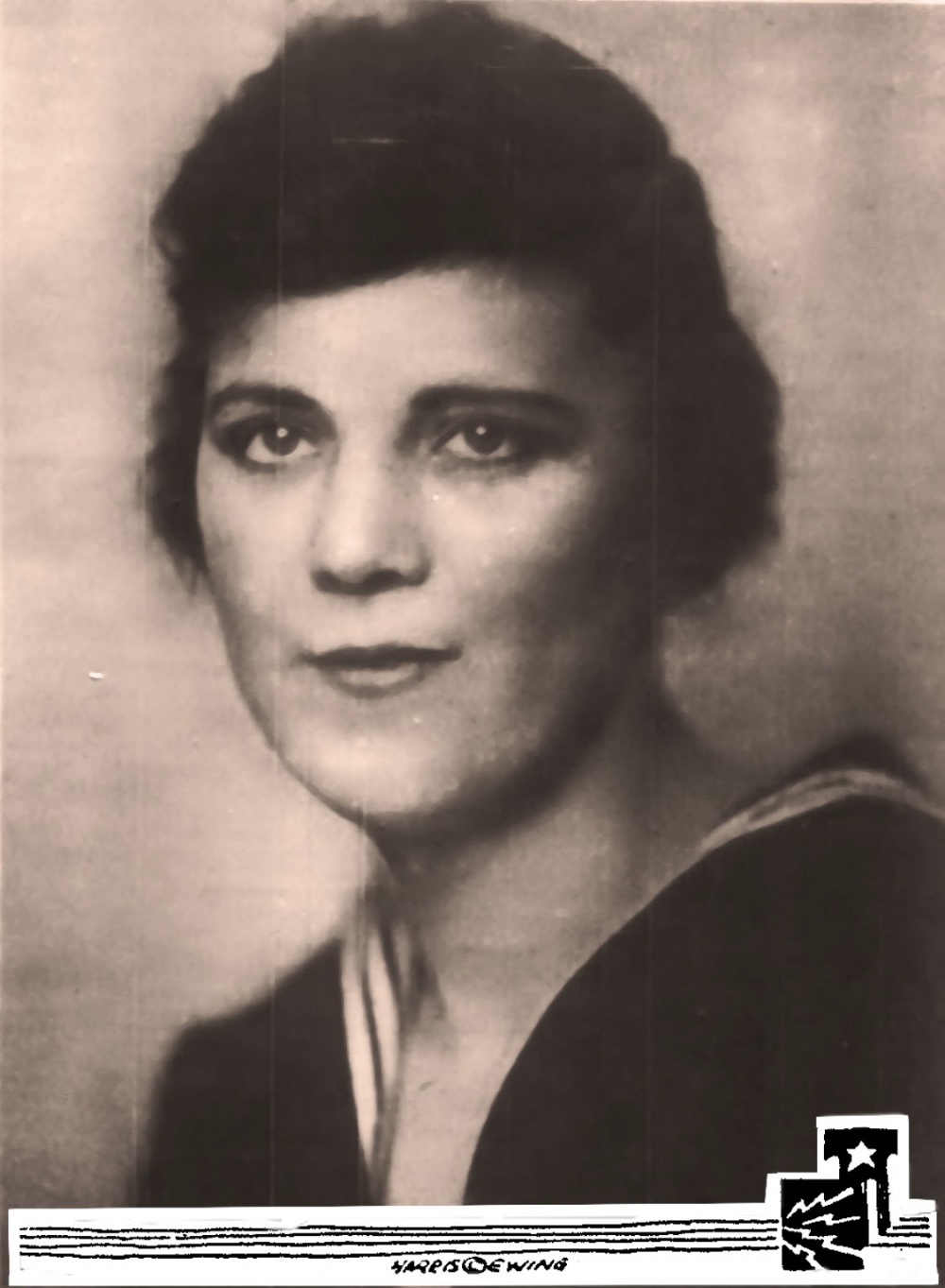 Myrtle Hazard was ready to operate a telegraph the day she mistakenly walked into Coast Guard Headquarters. Not only was she prepared, but she was determined, a trait she exhibited throughout her life. She was born in 1896 in Baltimore. As a child, she suffered from polio and one of her legs was smaller than the other. Myrtle willed herself to walk without braces. By age 26, Myrtle was married and living in Baltimore together with her husband, their three-year-old son, and her parents.
Myrtle Hazard was ready to operate a telegraph the day she mistakenly walked into Coast Guard Headquarters. Not only was she prepared, but she was determined, a trait she exhibited throughout her life. She was born in 1896 in Baltimore. As a child, she suffered from polio and one of her legs was smaller than the other. Myrtle willed herself to walk without braces. By age 26, Myrtle was married and living in Baltimore together with her husband, their three-year-old son, and her parents.
Just as she was determined to walk without braces, Myrtle was determined to qualify for specialized war work. During September and early October 1917, the Y.M.C.A.’s Wireless and Commercial Telegraphy School ran classified ads in the Baltimore Sun. The ad promised “Good Salaries” and “Operators in Great Demand.” She enrolled in the night class and earned a commercial license three months later.
Luck intervened in Myrtle’s job search. Determined to find work, Myrtle headed to Washington, D.C., on a snowy day, intending to answer a job advertisement from the Geographic Survey. Instead of entering that office, she found herself at Coast Guard Headquarters.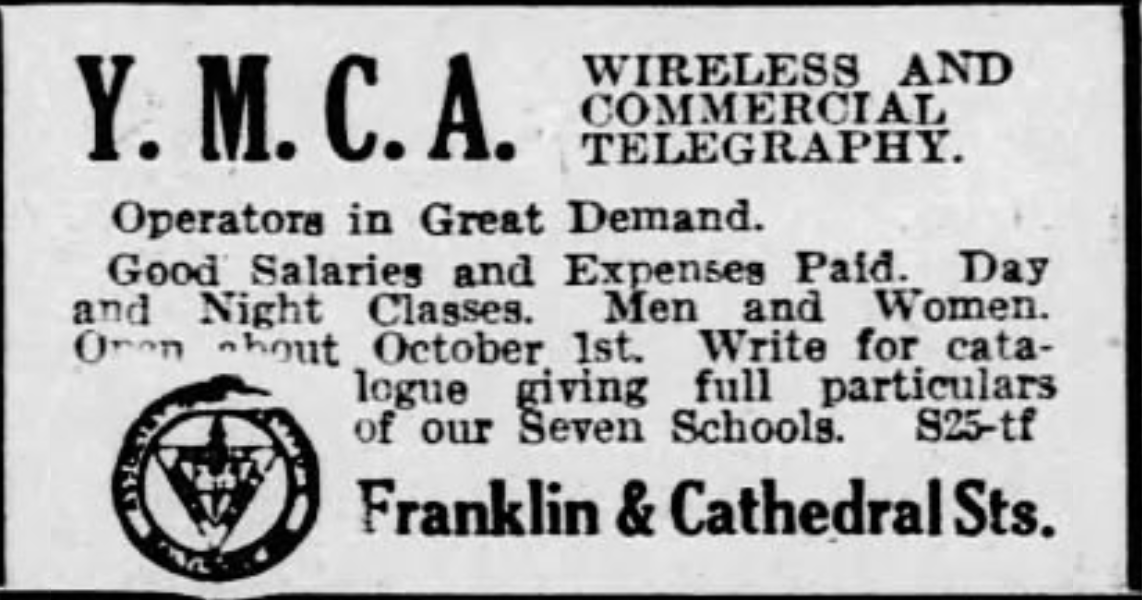
Her timing was perfect. With the threat of war looming, the Coast Guard had begun modernizing its communication system. According to a monograph about Coast Guard communications, Lt. Russell Waesche (later commandant) worked “practically single-handedly” until September 1917, when Lt. John Gray reported in as his assistant. The first telegraph line the Coast Guard operated was installed between Coast Guard headquarters and the Navy Department. The communications office became operational in the winter of 1917-1918.
The office was poised to expand. When Myrtle arrived Jan. 7, 1918, she made known she wished to work as a telegraph operator. A polite but firm Coast Guardsman informed her that the service was for men only. She turned to leave, but as luck would have it, Waesche intervened. After describing her qualifications, Waesche offered her the opportunity to enlist. Recalling that day for a Coast Guard Bulletin reporter in 1950, she said she “thought it over a moment or two. A job’s a job. The snow’s deep. Enlistment or enrollment… what’s the difference? Anyway, this is what I went to school to learn.”
Like the men who e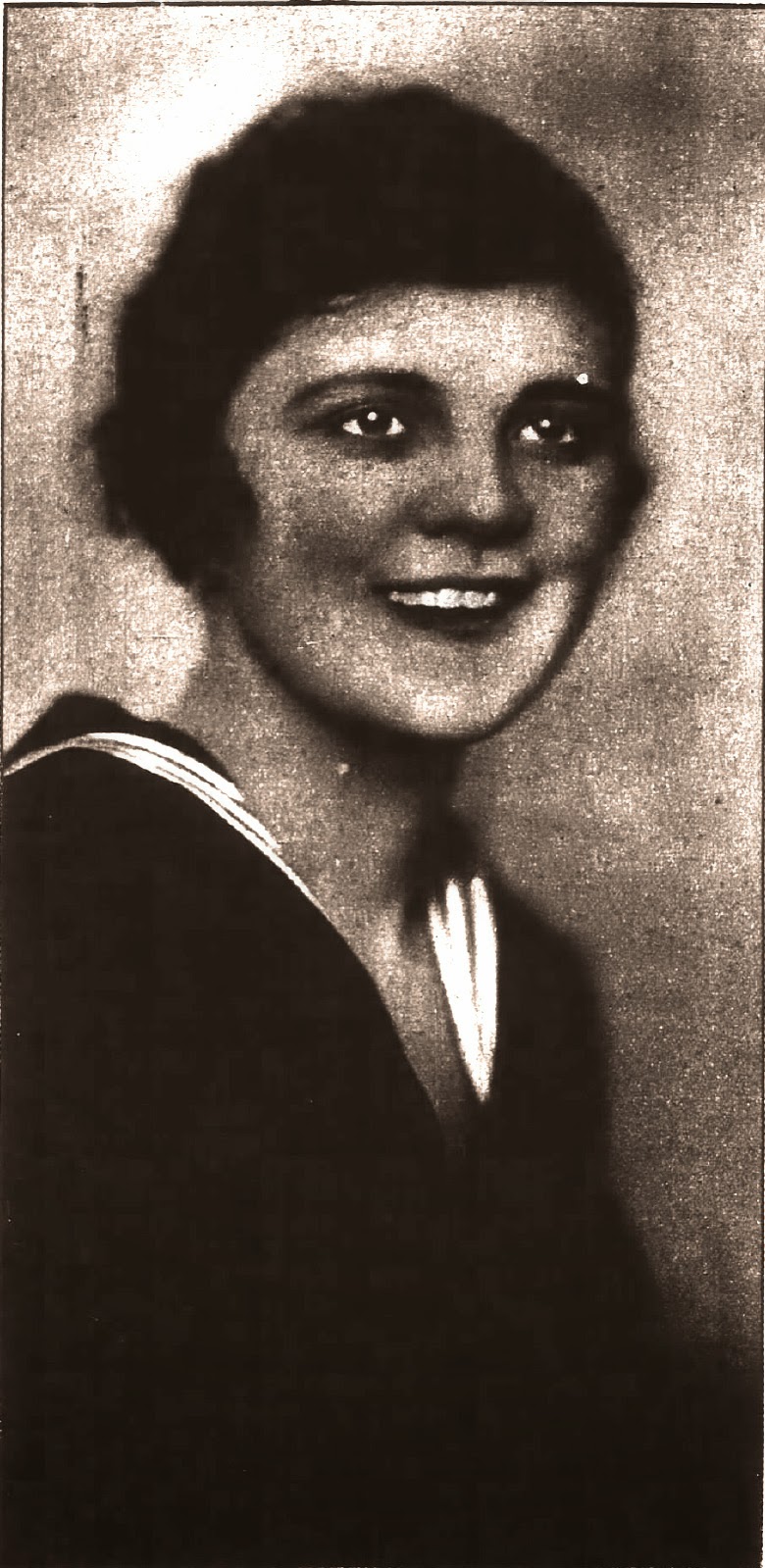 nlisted, Myrtle had to pass a medical exam. The one-inch difference in size between her left and right leg might have concerned her, but not the doctor. “No interference with function,” he wrote in his notes. On Jan. 9, 1918, she signed her oath of allegiance, beginning her enlistment as acting Electrician Third Class Myrtle R. Hazard.
nlisted, Myrtle had to pass a medical exam. The one-inch difference in size between her left and right leg might have concerned her, but not the doctor. “No interference with function,” he wrote in his notes. On Jan. 9, 1918, she signed her oath of allegiance, beginning her enlistment as acting Electrician Third Class Myrtle R. Hazard.
In a war environment, where communications technology developed rapidly, Myrtle’s skill as a telegraph operator was critical. She operated the Coast Guard’s logistical network. The 1918 Annual Report of the Secretary of the Navy described the Coast Guard communications system as a “highly important branch of the service indispensable in war or in peace.” Hazard was an indispensable part of that system.
Myrtle certainly did more than her part. Commuting from Baltimore to Washington each day she rose at 5 a.m., to arrive at headquarters by 8 a.m. After enlisting, she told a reporter the one drawback to the job was that “it takes me away from my little son.” During the war, her husband left Baltimore to work as a shipping clerk in the Panama Canal Zone. She remained dedicated to her job, saying later that “I had to work some long night watches before I became a real member of the [Coast Guard] family.”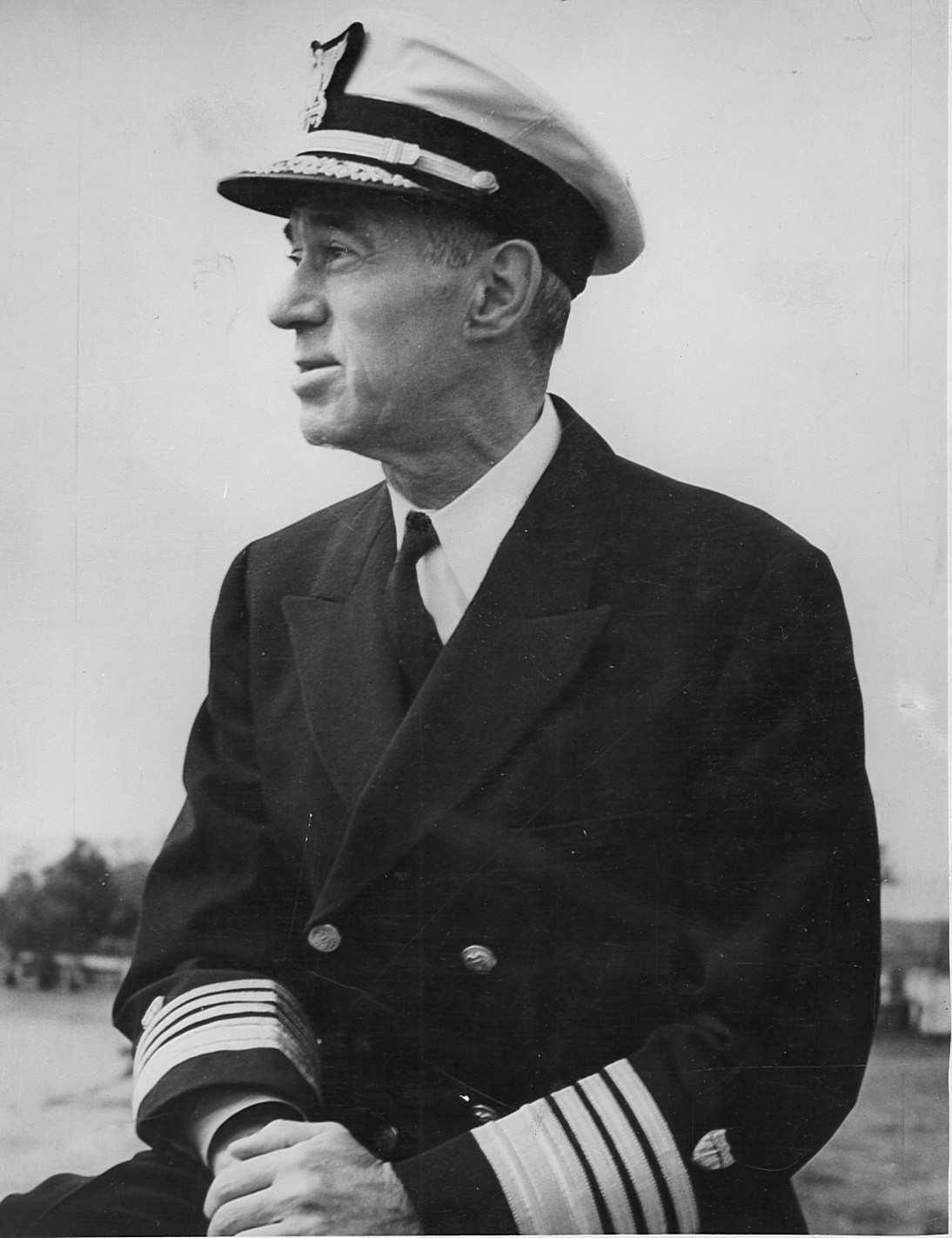
Myrtle was “the only woman in the whole office,” reported The Washington Times, “all the others being Uncle Sam’s bluejackets.” However, she later stated, “the men are ‘awfully nice’ to work with.” The men in her office knew that she was female, but male operators elsewhere did not believe her, sending messages containing off-color language and inappropriate stories. Coding and re-coding the salty messages was an unpleasant task until an operator visiting headquarters was confronted with evidence. Myrtle remembered that the situation settled down after that, and the operators treated her with respect. She certainly earned Waesche’s respect. He repeatedly promoted her, and by May 1, 1919, Myrtle had advanced to electrician first class. On Nov. 10, 1919, she received an honorable discharge.
The war ended, and so did her marriage. According to the local 1922 Baltimore city directory, Myrtle was working as a radio operator. She remarried that year. Afterward, only her husband’s employment appears in the directories, so her occupation is unknown. However, due to a law requiring Congressmen to reveal their employees and salaries paid, a 1942 news article revealed that North Carolina Representative Robert Doughton hired her. After her bout with polio, she supported other victims of the disease.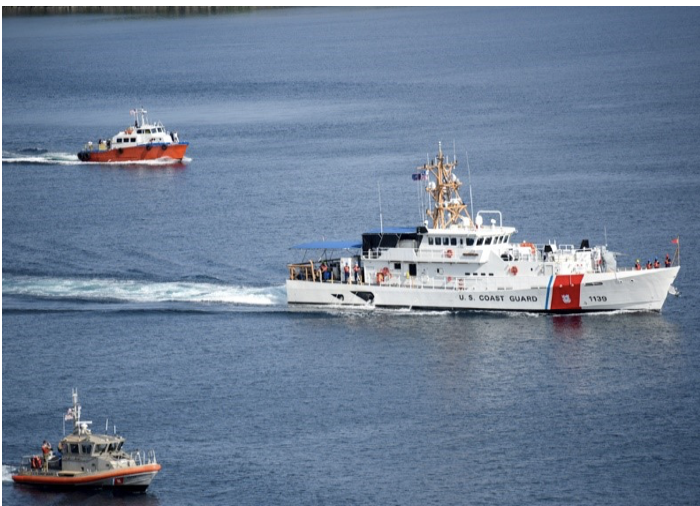 After World War I, she joined the Bou-Tem-Sci Club, whose charity fund motto was “Help a Child to Walk.” The group paid for corrective shoes for needy children.
After World War I, she joined the Bou-Tem-Sci Club, whose charity fund motto was “Help a Child to Walk.” The group paid for corrective shoes for needy children.
During World War II, Hazard’s son joined the U.S. Navy becoming a lieutenant in the submarine service. She remained faithful to the Coast Guard. In 1943, she traveled back to Washington, where a Coast Guard correspondent reported the return to Headquarters by the “Coast Guard’s first service woman - only feminine member of that branch during World War I.” Myrtle stopped in to visit her former boss, now Admiral Waesche, Coast Guard Commandant, and chatted with the members of the Women’s Reserves (SPARs) who still used her old desk. In a discussion with the SPARs, Myrtle recalled that her superior officers “didn’t seem to want to get tangled up” in selecting her attire, so she chose a middy blouse and blue pleated skirt as her uniform.
While preparation, luck, and opportunity led to her enlistment, she thrived as a wartime Coast Guard telegraph operator. She told a Coast Guard Bulletin reporter in 1950, “I like to think I helped prove that women can contribute more to national defense than just waiting for the war to end.” She passed away in 1951, however, her obituary mentioned nothing about her Coast Guard service.
In May 2020, the Coast Guard named a newly delivered Fast Response Cutter in honor of Myrtle Hazard. Based in Guam, the cutter supports the Coast Guard’s operational presence and U.S. mission in the Indo-Pacific region. The cutter is a fitting tribute to the first woman in the U.S. Coast Guard, who stepped up and served her nation admirably during World War I.